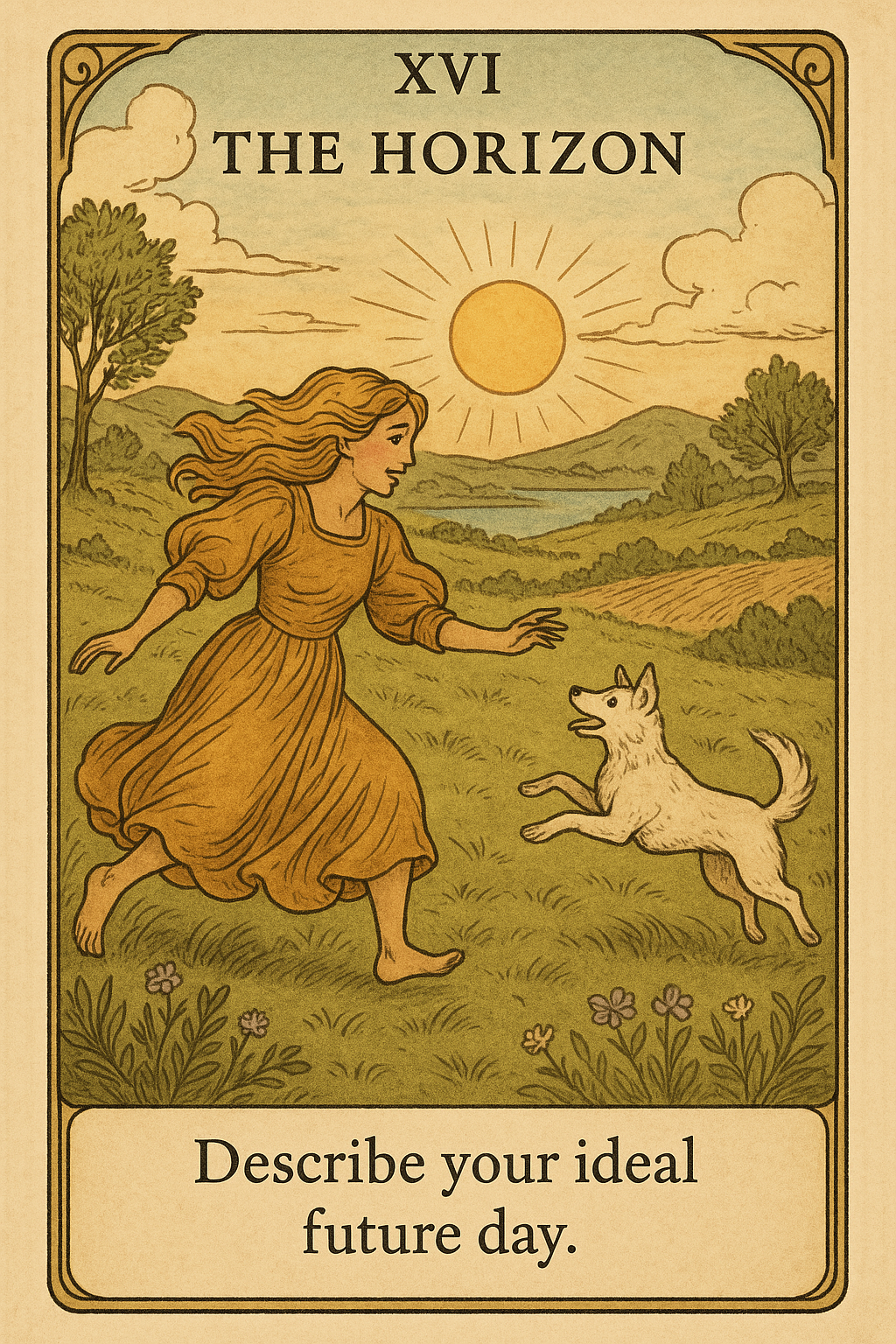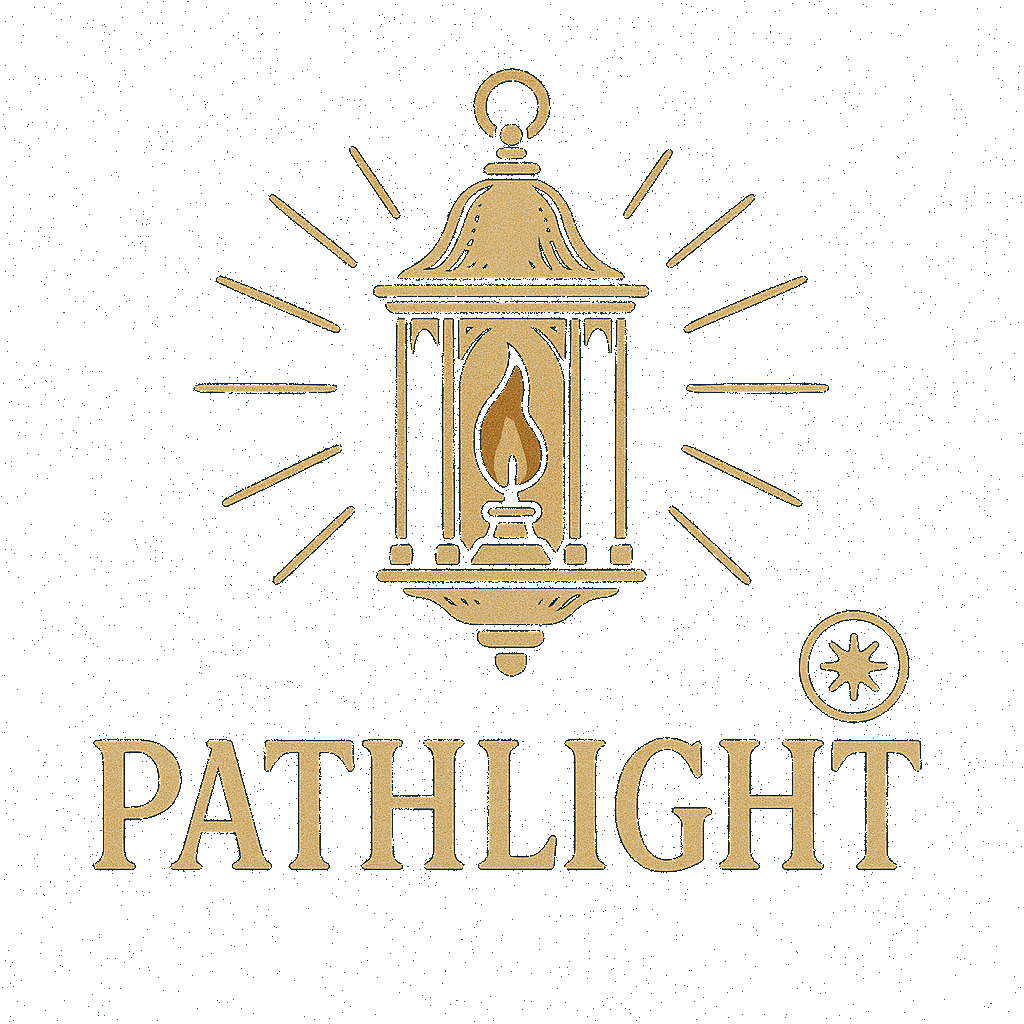
Understanding Flow
Most of us have experienced moments when we become so immersed in an activity that time seems to disappear. Psychologist Mihaly Csikszentmihalyi called this phenomenon flow, describing it as a state of optimal experience where challenge and skill perfectly align. In a flow state, we feel focused, energized, and deeply satisfied.
Csikszentmihalyi's research revealed that people are happiest not when they're indulging in leisure but when they're fully engaged in meaningful tasks. Flow occurs when goals are clear, feedback is immediate, and the challenge of the task stretches but does not overwhelm our abilities. It's often accompanied by a sense of effortlessness, even though we're working hard.
Flow and the Search for Purpose
What does flow have to do with life purpose? Quite a lot. Activities that consistently trigger flow often align with our deepest values and talents. They provide clues about where our natural motivations lie. When we notice what puts us in a state of flow, we see glimpses of the pursuits that bring us lasting fulfillment. As Csikszentmihalyi wrote, "The best moments in our lives are not the passive, receptive, relaxing times... the best moments usually occur if a person's body or mind is stretched to its limits."
Finding purpose isn't just about lofty ideals; it's about paying attention to the experiences that absorb us completely. By tracking the tasks that create a sense of timeless engagement, we gather evidence about the kind of work or creative expression that resonates with our core identity.
The Neuroscience Behind Flow
Neuroscientists have begun to map what happens in the brain during flow states. Studies show a temporary downshift in activity within the prefrontal cortex—the part of the brain responsible for self-monitoring and time awareness. This reduction in self-consciousness allows us to perform with heightened efficiency and creativity. At the same time, the brain releases neurotransmitters like dopamine and norepinephrine, which enhance focus and positive emotion.
This cocktail of neurochemicals doesn't just feel good; it reinforces learning and motivation. When a task reliably induces flow, our brains encourage us to return to it again and again. Over time, these flow experiences can form a powerful feedback loop, guiding us toward activities that express our unique strengths.
Cultivating Flow in Daily Life
Flow is most readily available when we strike a balance between challenge and skill. Here are practical steps for creating the conditions for flow:
- Set clear goals: Define what success looks like for the task at hand. Even a simple objective can provide the structure needed for flow.
- Eliminate distractions: Carve out uninterrupted time to focus. Silence notifications, close extra browser tabs, and create an environment conducive to concentration.
- Match difficulty to ability: Choose tasks that require effort but are within reach of your current skills. As your abilities grow, gradually increase the challenge.
- Seek immediate feedback: Feedback helps you adjust and stay engaged. This might come from the task itself—such as seeing progress on a project—or from a mentor or coach.
- Pay attention to your energy levels: Flow often emerges when we're well rested and emotionally balanced. Prioritize self-care so you have the bandwidth to engage deeply.
Flow as a Guide to Meaning
Repeated flow experiences highlight the activities that matter most to us. They reveal where our curiosity, skills, and values intersect. When we integrate these experiences into our daily routines, we begin to craft a life that feels purposeful. Flow doesn't just make tasks more enjoyable; it provides a compass pointing toward a fulfilling path.
Consider keeping a flow journal. After completing a task, rate how engaged you felt on a scale from 1 to 10. Over several weeks, patterns will emerge. You may find that mentoring others, writing, solving technical problems, or creating art consistently scores high on your engagement scale. These patterns can inform bigger decisions about career moves, side projects, or volunteer work.
Applying Flow Insights to Purpose Decisions
Once you've identified the activities that generate flow, look for common themes. Do they involve helping others, solving complex problems, or expressing creativity? These insights can guide bigger life choices. You might pursue a new career path, start a purposeful side project, or simply dedicate more time each week to the pursuits that make you lose track of time. Flow isn't just a pleasant experience—it's a signpost pointing toward work and relationships that align with your deeper values.
Challenges and Misconceptions
It's tempting to chase flow as a constant state, but Csikszentmihalyi emphasized that flow is only meaningful when balanced with rest and reflection. Without downtime, even the most engaging activities lose their luster. Purpose isn't about a single perpetual flow state; it's about weaving together moments of deep engagement with periods of recovery and contemplation.
Another common misconception is that flow only comes from grand achievements. In reality, everyday tasks—cooking a meal, tinkering with a hobby, engaging in a lively conversation—can all spark flow. The key is presence and the willingness to fully immerse yourself in what you're doing.
Integrating Flow with Pathlight
At Pathlight, our research-backed purpose discovery process encourages you to observe when you feel most alive and focused. By noting your personal flow triggers, you can approach our questions with greater clarity. The insights you gain from Pathlight become more actionable when anchored in firsthand experience of what energizes you.
Our technology-enhanced analysis highlights patterns in your responses, connecting your flow experiences with your values and goals. The result is a comprehensive picture of the pursuits that not only captivate you but also contribute to a meaningful life. We emphasize practical steps so you can translate these insights into daily habits and long-term plans.
Moving Forward
Flow states offer a window into purpose by revealing where your passion and skill converge. Pay attention to the activities that absorb you, and you'll uncover clues about your unique contribution to the world. As you cultivate more flow, you'll likely find increased creativity, resilience, and satisfaction in your pursuits.
Purpose evolves as we grow. Returning regularly to the experiences that spark flow helps you stay connected to what matters most right now. You may discover new interests or refine old ones, but the common thread is a sense of energized focus. Let flow serve as a trusted compass as you navigate career choices, relationships, and personal projects.
"Flow is the doorway to the activities that bring meaning to our lives."
— Mihaly Csikszentmihalyi
Ready to discover how flow can guide you toward a more purposeful life? Explore Pathlight's purpose discovery process and start charting your next steps today.
Discover Your Purpose with Pathlight

